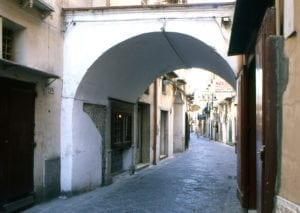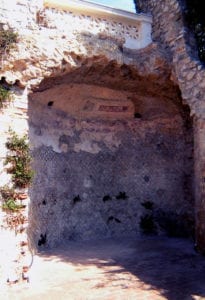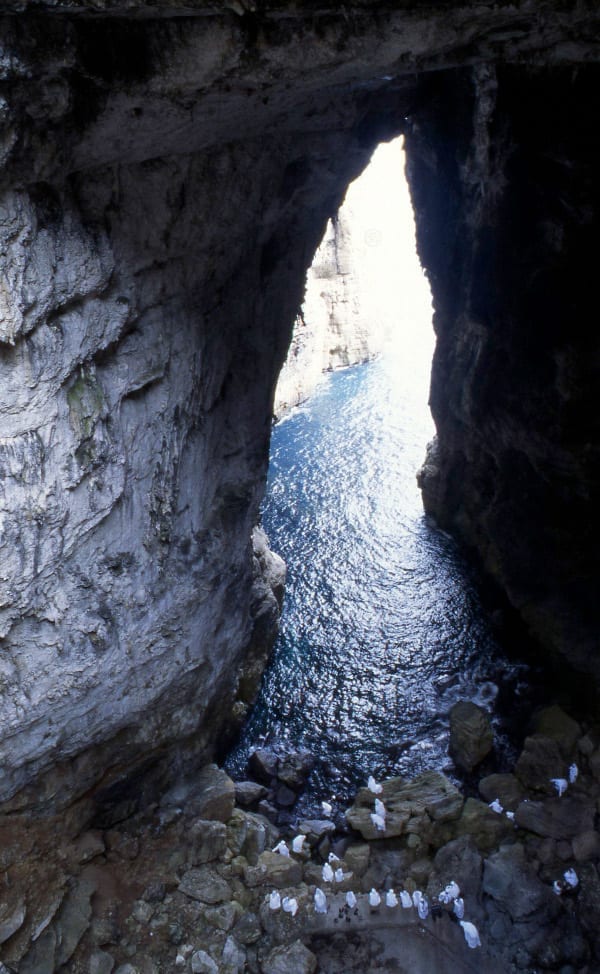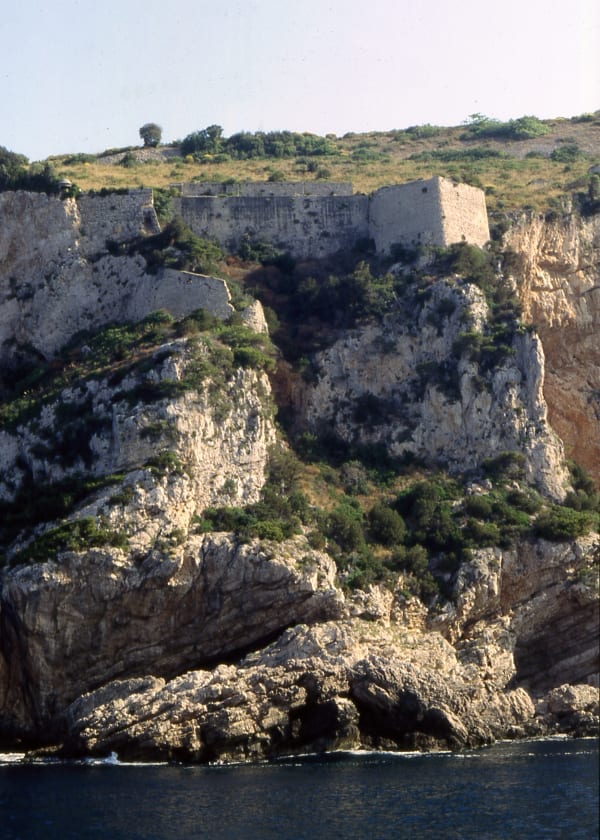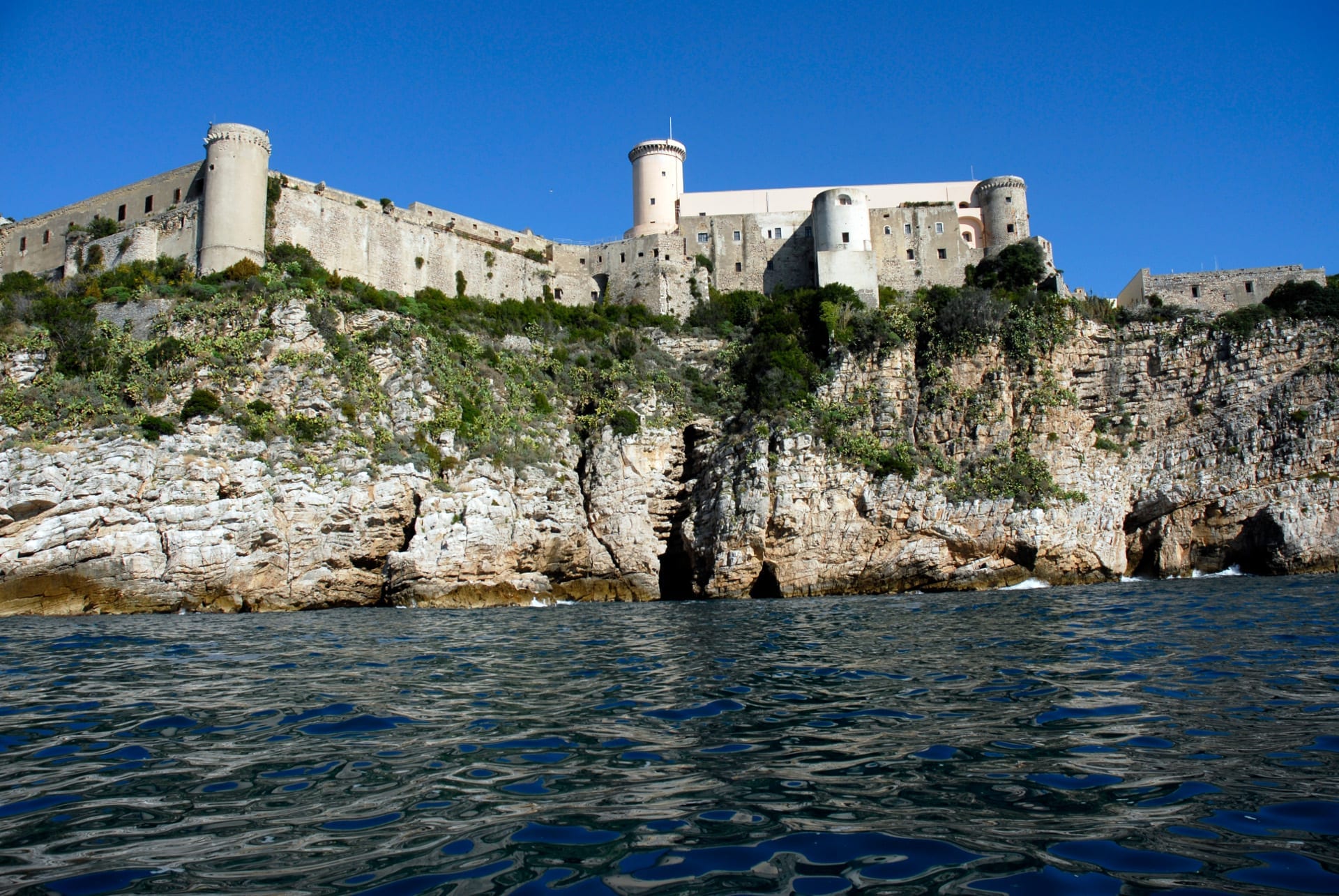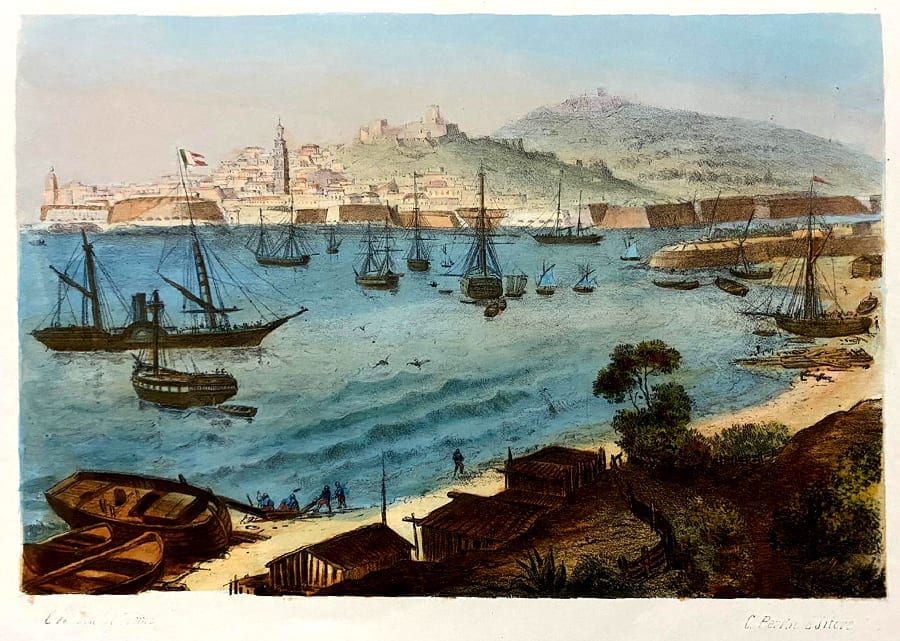Gaeta approfondimenti
gaeta in-depth
Gaeta – In-depth
via flacca
Via Flacca Excluded from the passage of the Via Appia, to which however Caieta was connected through a series of junctions, the Roman road network focused on the Via Flacca, opened by the censor L. Valerio Flacco in 184 B.C. to connect Tarracina to Formiae following a coastal route that constituted a variant to the Queen Viarum. Its construction favored the installation of numerous settlements, whose economic growth was connected to the system of communications of both water and land. It was flanked by numerous local branches to serve the productive companies and villas distributed on the coast. In the town there was a road along the sea, very similar to the one today between Gaeta and Formia, that reached the tip of the promontory: a stretch in straight is reproduced by the picturesque Via Indipendenza, on the edge of which you can still see ancient structures of buildings, sepulchral monuments and architectural elements incorporated in later buildings.
buried along the Middle Tyrrhenian coast
Also the body of Miseno, like that of Caieta, remains in the hands of the Trojans who provide to give it burial; that of Palinuro, however, dispersed at sea, will be later found by the indigenous people of the place and buried for their care. All the ceremonial followed for Caieta, was not to depart from that observed for the young trumpeter: preparation of the pyre, launch of the torches with the shoulders turned to the coffin, sprinkling of the present with purifying water through leafy branches, according to the Roman rite of lustratio (vv. 229-231); recovery of the remains. On the place Aeneas then raised the mound of earth.
mixed villas
Set on a sturdy base, these villas have the canonical articulation in the urban and rustic parts: the first, pertaining to the owner and the second for labor and livestock, as well as processing and storage of products. The most common scheme of the base (basis villae) in large square blocks of limestone is the “hollow type”, articulated in the interior space in a cryptoporticus, cisterns and cellars. On the upper floor rise the rustic part and the residential district for the dominus, whose presence, usually limited to some periods of the year, is strongly recommended by Latin writers (Vitruvius, Columella). With the consolidation of economic well-being thanks to the conquests, the villa is transformed from a welcoming accommodation of the owner to an increasingly rich building. Thus we see the multiplication of residential environments, which are surrounded by arcades and panoramic terraces; even in the production sector, the greater sophistication in gastronomy leads to set up areas for various farms (pastio villatica)from birds to wildlife, to lake and marine wildlife.
ville di otium
Ville di otium the term, difficult to translate, basically indicates the detachment from the duties of his office (negotium) by members of politics. It is not a simple “holiday”, but a noble existential condition – albeit temporary – based on intellectual commitment, contemplation and care of the body. The buildings for otium are decorated with living rooms (dietae) and guest apartments (hospitalia), avenues for walks (xysti) and stadiums for running, belvederi and triclini for different seasons, of manicured parks thanks to the progress of gardening (ars topiaria). In this naturalistic context, small temples are often inserted for private cults, nymphs and pools with water games, decorated by statues. The interior of the house becomes the epicenter of works of art, often purchased at a high price on the antique market; an important role also takes the library. Almost always there is a spa at least in its essential elements, the dressing room (apodyterium) and the room with the hot water tank (caldarium).
mausoleum
The sepulchral buildings clearly imitate in the typology and architectural solutions the funerary monument of Augustus, built the day after the battle of Actium in the Campus Martius (31 B.C.), which recovers the ancient shape of the Etruscan tumulus . The model from that moment finds wide diffusion among the members of the ruling classes for all the Julio-Claudian age, both in Rome (e.g. Cecilia Metella) and in Latium. Built around the 20s BC, when the owners were still alive, the majestic monuments of Gaeta however differ from the other municipal examples for the grandeur of the size, equal to those of the Augustan prototype.
park
In the vast protected area of Monte Orlando, characterized by impressive natural phenomena, such as the Split Mountain (spectacular fissure that cuts in two the rock of the promontory to the sea) or the grandiose Turkish Cave, interesting historical testimonies are distributed, such as the military fortifications built during the Bourbon domination by initiative of Ferdinand the Catholic and completed by Charles V between the middle of the XV and the middle of the XVI century. Ferdinando IV (1759-1816) built the Torre d’Orlando, Carolina, Ferdinando and Trabucco powder kegs. Other remains of Roman buildings and a complex of cisterns are considered relevant to the property of L. Munatio Planco, still little known archaeologically.
the village of st. erasmo
The village S. Erasmo became a fortified fortress (castrum), which in the middle of the ninth century came to form a flourishing duchy with political and military autonomy, connected to its growing maritime, commercial and economic importance. During the Bourbon domination further military fortifications were started by Ferdinand the Catholic and finished by Charles V in 1530, who realized an imposing defensive system. Gaeta’s reputation is also linked to the history of the Italian Risorgimento for the exile of Pius IX during the Roman Republic of 1849 and the siege of 1860-61 that marked the end of the Bourbon reign in Italy
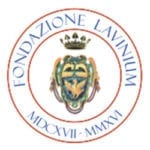



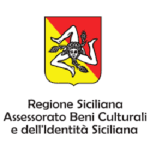
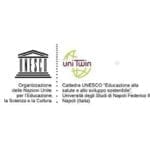





















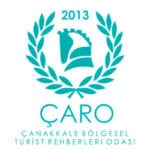
Previous
Next

